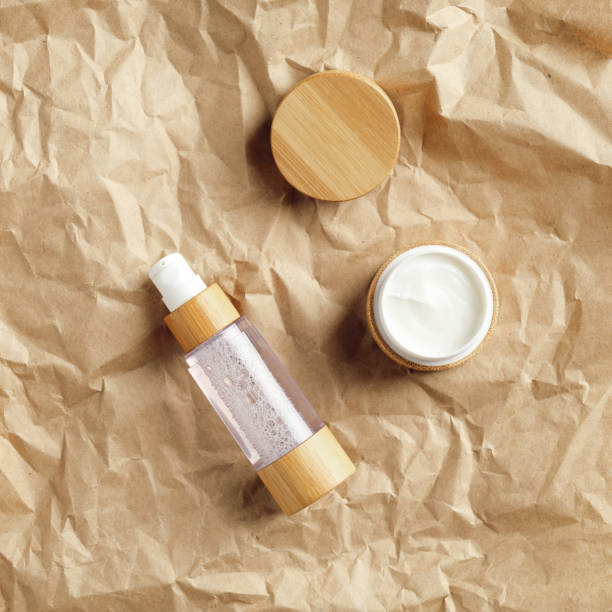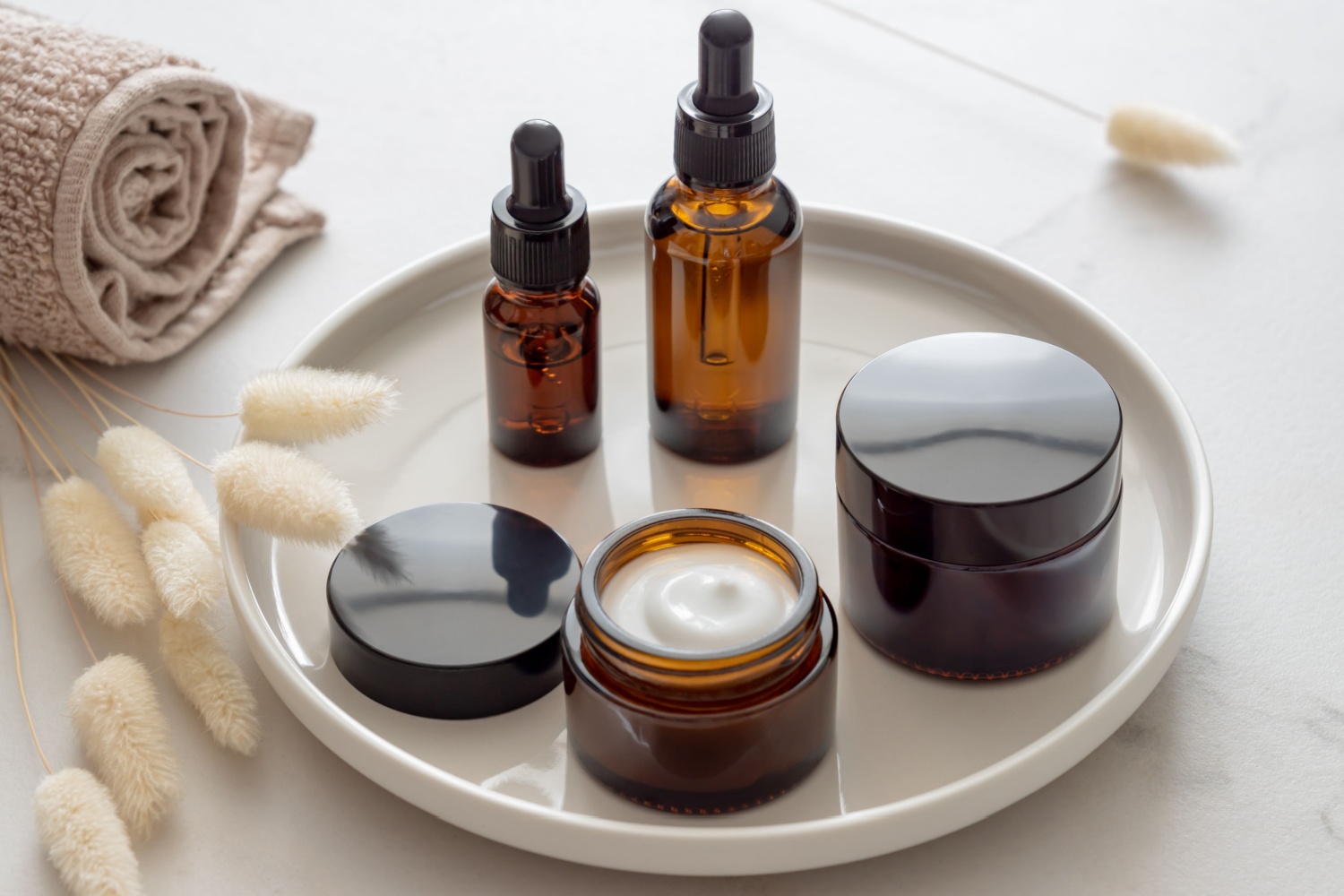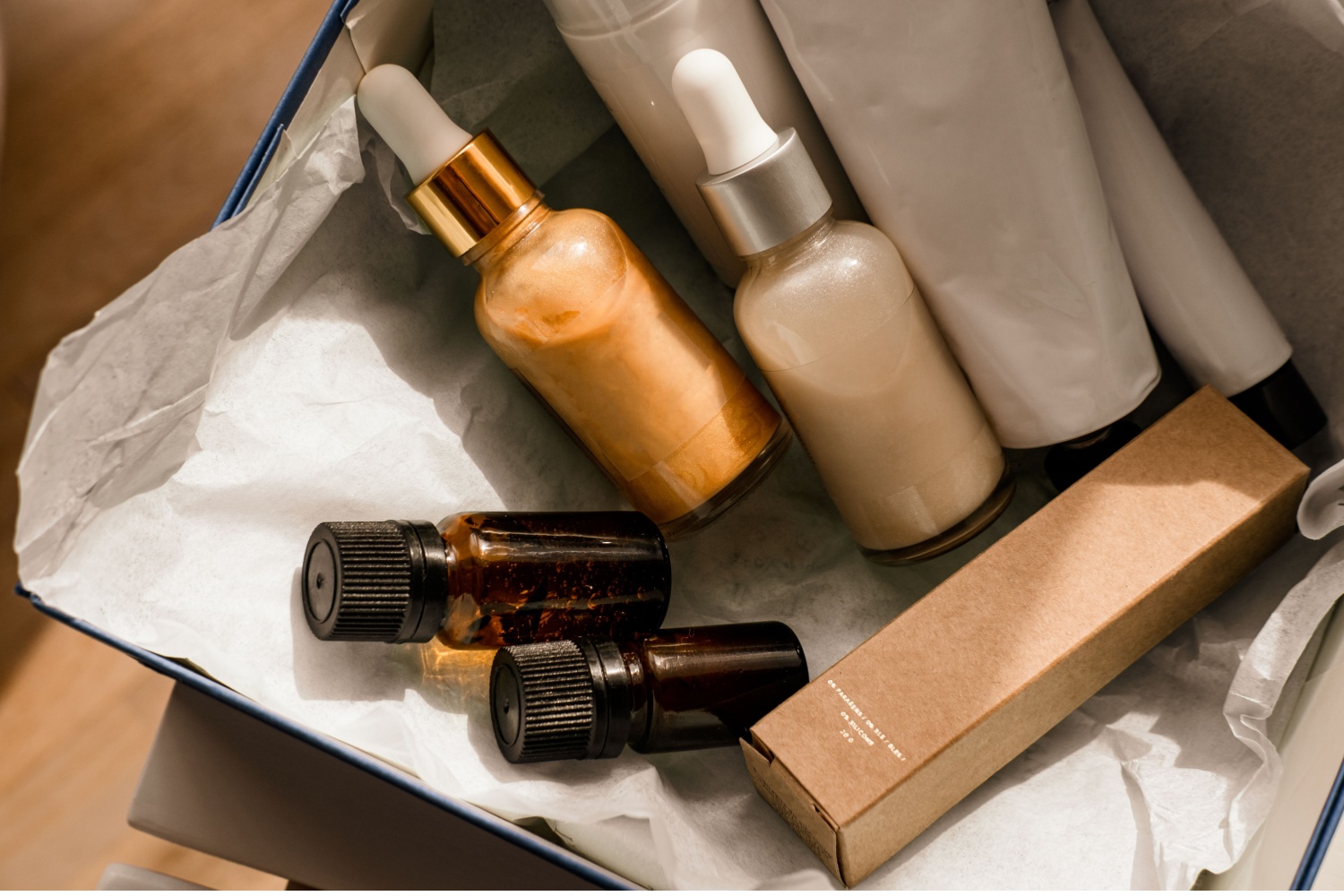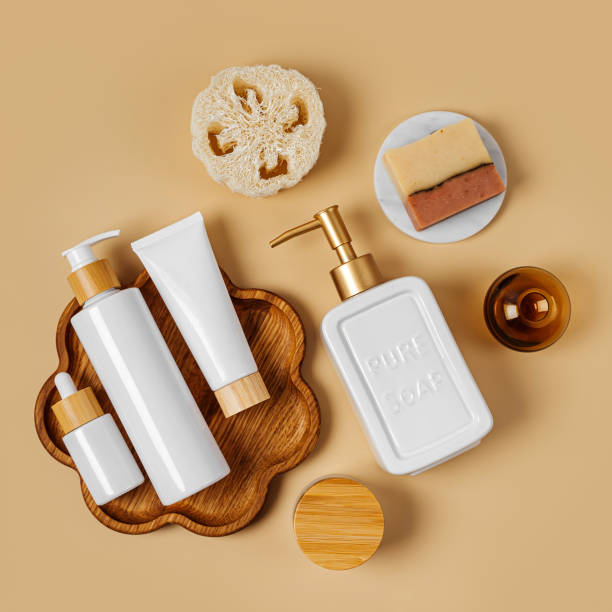
Have you ever wondered what to do with your empty makeup containers? If you’re like me, you’ve probably got a drawer full of them. But did you know that you can recycle makeup containers? Yep, you heard it right. We can give our beloved beauty products a second life and do our part for Mother Earth.
Now, you might be thinking, “Why should I recycle makeup containers?” Well, let me tell you, it’s all about sustainability. Each year, the global cosmetics industry produces tons of products, and with them, a whole lot of waste.
From mascara tubes to skincare bottles, these items often end up in landfills, contributing to environmental pollution. But it doesn’t have to be this way. By recycling beauty products, we can reduce waste and help create a more sustainable future. So, are you ready to find out how to recycle makeup containers?
Understanding Different Makeup Container Materials: Plastic, Glass, and Metal
Before we dive into the how-to, let’s take a moment to understand what we’re dealing with. Makeup containers come in all shapes and sizes, and they’re made from a variety of materials. The most common ones are plastic, glass, and metal.
- Plastic is the most common material used in cosmetic packaging. It’s lightweight, durable, and can be molded into just about any shape. But not all plastics are created equal. Some are recyclable curbside, while others need to be taken to municipal recycling centers.
- Glass containers, on the other hand, are often used for high-end cosmetics. They’re recyclable and can be reused indefinitely without losing their quality. However, they’re heavier and more fragile than plastic, which can make them more difficult to transport.
- Lastly, we have metal. This material is commonly used for compacts, lipstick cases, and mascara wands. Like glass, metal is recyclable and can be reused indefinitely. But, it’s important to note that some metal components, like springs and magnets, can’t be recycled and need to be removed before recycling.
Glass containers, on the other hand, are often used for high-end cosmetics. They’re recyclable and can be reused indefinitely without losing their quality. However, they’re heavier and more fragile than plastic, which can make them more difficult to transport.
Lastly, we have metal. This material is commonly used for compacts, lipstick cases, and mascara wands. Like glass, metal is recyclable and can be reused indefinitely. But, it’s important to note that some metal components, like springs and magnets, can’t be recycled and need to be removed before recycling.
Preparation Steps: Cleaning and Sorting Your Makeup Containers
Cleaning is crucial because leftover products can contaminate the recycling process. So, how do you clean your containers? It’s simple, really. For most products, all you need to do is scrape out as much product as you can, then rinse the container with warm water. For stubborn products like mascara and lipstick, you might need to soak the container in warm soapy water first.
Once your containers are clean, it’s time to sort them by material type. Remember what we talked about earlier? Plastic, glass, metal – each material has its own recycling process. So, make sure to separate your containers accordingly.
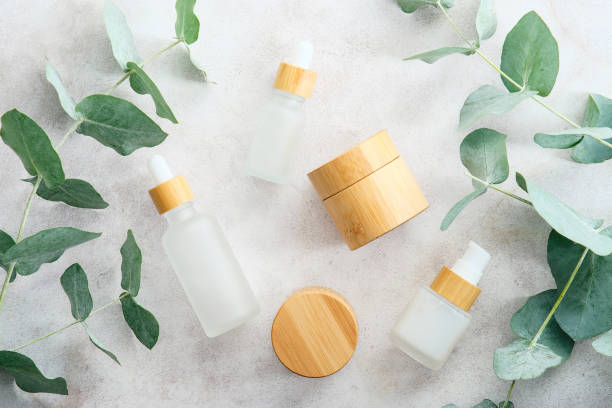
The Do’s and Don’ts of Recycle Makeup Containers
Now that we’ve got our clean, sorted containers, let’s talk about the do’s and don’ts of makeup container recycling.
- Do check your local recycling guidelines. Not all recyclables are accepted everywhere, so it’s important to know what your local program accepts.
- Don’t forget to remove non-recyclable parts. Things like applicator wands, mirrors, and pumps often can’t be recycled and need to be removed.
- Do look for recycling symbols. These can give you a clue about whether a container is recyclable and what type of plastic it’s made from.
- Don’t assume all beauty product packaging is recyclable. Unfortunately, some items like sachets and certain types of plastic aren’t widely recyclable.
Local Recycling Programs: Finding and Utilizing Resources Near You
One of the best ways to recycle makeup containers is through local recycling programs. Many cities have curbside recycling programs that accept a wide range of materials. Check with your local waste management facility to see what they accept.
In addition to curbside programs, many stores and brands offer in-store collection points for empty beauty containers. For example, Nordstrom has a Beautycycle program where you can drop off all brands of beauty packaging.
DIY Ideas: Repurposing Makeup Containers Creatively
If you’re feeling crafty, why not repurpose your empty makeup containers? With a bit of creativity, you can transform them into something new and useful.
For instance, small containers like eyeshadow compacts and lipstick cases can be turned into travel-sized containers for your skincare products. Larger containers like shampoo bottles can be used as planters for small plants or herbs.
And don’t forget about the Instagram-worthy potential of repurposed makeup containers. With a bit of paint and some decorative elements, you can create beautiful storage solutions for your vanity.
The Environmental Impact: How Recycling Makeup Containers Benefits the Planet?
By now, you might be wondering, “What’s the big deal about recycling makeup containers?” Well, let me tell you, it’s a bigger deal than you might think.
Every year, the cosmetics industry produces tons of products, and with them, a whole lot of waste. This waste often ends up in landfills, where it can take hundreds of years to decompose.
But by recycling beauty products, we can help reduce this waste. Recycling not only keeps materials out of landfills but also reduces the need for new raw materials. This means less pollution, less energy use, and less harm to our planet.
So, the next time you finish a beauty product, remember: recycling is not just about getting rid of waste. It’s about making a difference for our planet.
Common Mistakes to Avoid: Ensuring Effective Recycling
As we journey into the world of recycling makeup containers, it’s important to be aware of some common mistakes that can hinder the recycling process.
- Firstly, not all beauty product packaging is recyclable. Certain items like sachets, certain types of plastic, and mixed material packaging often can’t be recycled. So, it’s crucial to check if your containers are recyclable before tossing them in the recycling bin.
- Secondly, contamination can be a big issue. Leftover product can interfere with the recycling process, so make sure to clean your containers thoroughly.
- Lastly, don’t forget to remove non-recyclable parts. Things like applicator wands, mirrors, and pumps often can’t be recycled and need to be removed.
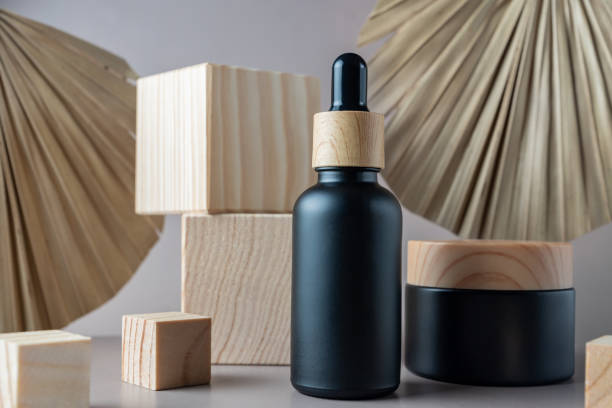
The Future of Sustainable Packaging: Innovations in the Beauty Industry
As we look to the future, it’s clear that sustainable packaging is becoming a priority in the beauty industry. Brands are exploring innovative ways to reduce waste, from using recyclable materials to offering refillable products.
Take Burt’s Bees, for instance. They’ve launched a line of lip balms in fully recyclable packaging. Other brands like Beautycounter and The Ordinary are offering products in glass containers, which are not only recyclable but also have a lower environmental impact than plastic.
And let’s not forget about refillable products. Brands like Proactiv and Skinfix offer refill pouches for their products, reducing the need for new containers.
These innovations show that the beauty industry is taking steps towards a more sustainable future, and we, as consumers, can support this by choosing brands that prioritize sustainability.
Challenges in Makeup Container Recycling: Overcoming Obstacles
While recycling makeup containers is a step in the right direction, it’s not without its challenges. For one, not all beauty product packaging is recyclable. Certain items like sachets, certain types of plastic, and mixed material packaging often can’t be recycled.
Another challenge is contamination. Leftover product can interfere with the recycling process, making it less effective.
But don’t let these challenges discourage you. By educating ourselves and making informed choices, we can overcome these obstacles and contribute to a more sustainable future.
Contact us today if you want to elevate your brand with innovative designs, sustainable solutions, and a commitment to functionality!

